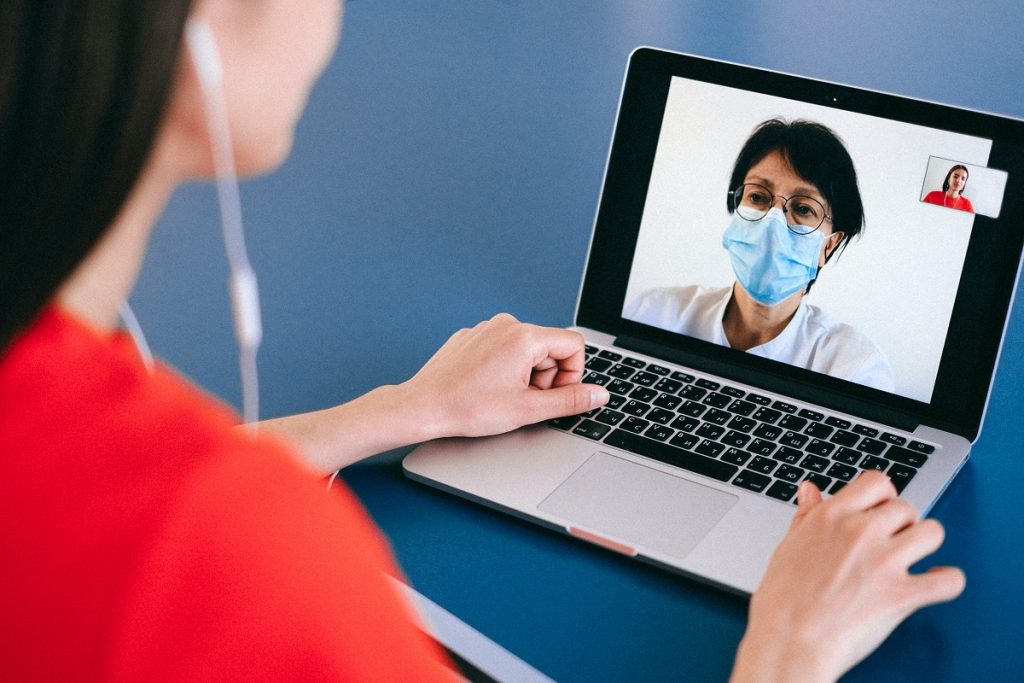With the use of telehealth services at an all-time high, we spoke to Matt Fairhurst, Co-founder and CEO of remote worker management platform Skedulo, to get his thoughts on the way that telehealth services are needing to evolve as a result of the pandemic.
- How has technology enabled the healthcare industry to adapt during the pandemic in order to effectively treat patients?
The silver lining of the pandemic is that it has propelled the healthcare industry forward decades in terms of digital transformation. When the pandemic hit and it was necessary to quarantine and stay-at-home, telehealth had to be widely adopted in order to limit potential contamination.
New technology innovations, from biometric devices to IOT sensors, are enabling healthcare workers to effectively treat patients even from a distance. For example, Apple recently expanded its Apple Watch electrocardiogram capabilities with guidance from the FDA, to now enable EKG tests. These types of insights are key to understanding the patient’s health and their environment, making virtual visits comparable to in-person services.
- How has the technology of telehealth services evolved, and what are some other areas that the technology can be improved to enable better services?
Telehealth has had to evolve rapidly in order to meet the needs of healthcare providers utilizing this technology at-scale. From virtual waiting rooms, to integrations with healthcare software, to mass communication abilities, these are all functions that are continuously being improved upon.
Technology to help with data security and management is more important than ever and a particular challenge. To manage, healthcare companies are prioritizing investments in two critical areas. The first is network security and access technologies to ensure that any system can be accessed remotely and securely. Companies like Okta are winning big in this area. The second area of investment is interoperability, technology that connects disparate systems reliably and securely. Skedulo has partnered with a leader in this space, Bridge Connector, which enables mobile healthcare workers to consistently and reliably access patient EHRs and hundreds of other systems from anywhere while maintaining HIPAA compliance.
- How has the rise of telehealth services enabled care providers to “see” increased volumes of patients during a time when in-person visits have been limited?
Telehealth is making the scheduling of health appointments more convenient than ever before, expanding access to enable more frequent care. For mental health services, such as therapy or medication management, this is making a huge difference in terms of access. Virtual care also opens the door for underserved groups to receive more regular check-ins and preventative services. Think of rural parts of the United States, where it may be a several-hour drive to access a specialist, or low-income communities where blue-collar workers can’t afford to take the day off to go physically see a doctor. These types of individuals are able to receive preventative care more easily, helping improve their long-term health and preventing more costly issues down the line.
- Have health providers fully embraced telehealth? What will telehealth be used for once in-person appointments are deemed safe?
Telehealth has it’s pros and cons, but the majority providers have embraced practicing telehealth in some capacity. For example, some providers are still offering predominantly virtual services or will leave it up to the discretion of the patient. Both physicians and patients are seeing the value of permanent telehealth practices. A recent study showed that 72% of individuals had their first virtual care visit ever during the pandemic, with over 75% saying they were very satisfied with their experience.
Skedulo customers’, Catalight and Solace Pediatrics Home Healthcare, both switched from 100% in-person services to 100% virtual services at the beginning of the COVID-19 outbreak in the United States. They are both home healthcare agencies that deliver autism therapy services. Solace Pediatric Home Healthcare were able to complete 85% of the “normal” level of appointments in their first week of operations. By week two, they completed all of their typical appointments, and in week three, they set a new record, exceeding their pre-pandemic level of operations.
It’s clear that there’s a demand for telehealth services and that we’ll continue to see demand once the pandemic passes. Providers are now beginning to think about how they want to incorporate telehealth into their regular model of care. While it won’t replace in-person care, it certainly will stick around once the pandemic passes and be incorporated into how healthcare systems practice their business of care. Moving forward, healthcare providers will need to embrace telehealth and the necessary digital transformation that comes with it to meet patient’s needs and remain competitive.

